April Uprising of 1876
Distance: 143.5 Km / 89.4 Mi Duration: 02:37:02
Route background from Wikipedia:
The April Uprising (Bulgarian: Априлско въстание, Aprilsko vǎstanie) was an insurrection organised by the Bulgarians in the Ottoman Empire from April to May 1876, which indirectly resulted in the re-establishment of Bulgaria in 1878. The regular Ottoman Army and irregular bashi-bazouk units brutally suppressed the rebels, resulting in a public outcry in Europe, with many famous intellectuals condemning the Ottoman atrocities and supporting the oppressed Bulgarian population.
The 1876 uprising involved only those parts of the Ottoman territories populated predominantly by Bulgarians. The emergence of Bulgarian national sentiments was closely related to the re-establishment of the independent Bulgarian Orthodox Church in 1870.
For the start of my journey I choose exit at E80/A1 and continue towards Panagyurishte for 35km. The road is fast with little traffic and smooth surface.
The town has two big Eastern Orthodox churches, St Georgi and St Bogoroditsa, as well as several chapels. The type of architecture of Sv. Georgi with two symmetrical bell-towers can be rarely observed in the country. There are two museums: Historical Museum and Museum of Natural History. Although the town was severely destroyed by the Turks in 1876, there are several old houses which survived and have been reconstructed, including the House-Museums of Rayna Knyaginya and Marin Drinov. The Apriltsi Memorial Complex which commemorates the April Uprising dominates the sky-line of the town and can be seen from almost every neighbourhood. It was built on the top of a hill just above the central square and includes several granite compositions which encircle the main figure. It can be reached from the center by numerous stairs. There are two theatre buildings, the Old Theatre and the New Theatre. The spacious park is situated in the north-eastern part of Panagyurishte with an artificial lake, playgrounds and the Orcho Voivoda Stadium.

Townscape of Panagyurishte from Memorial hilltop - Author Anton Lefterov
There are several places of interest in the vicinity of the town. The resort village Panagyurski kolonii, literally "the colony of Panagyurishte" is located at 15 km north of the town. It is very popular with the local population, as many of the citizens have summer houses there. There is a ski run and dense beech forests rich in different species of berries and mushrooms. At 6 km to the east is the famous Oborishte locality where the plan of the April uprising was discussed and accepted by delegates from all over the province. Today there is a monument there which is popular tourist attraction.
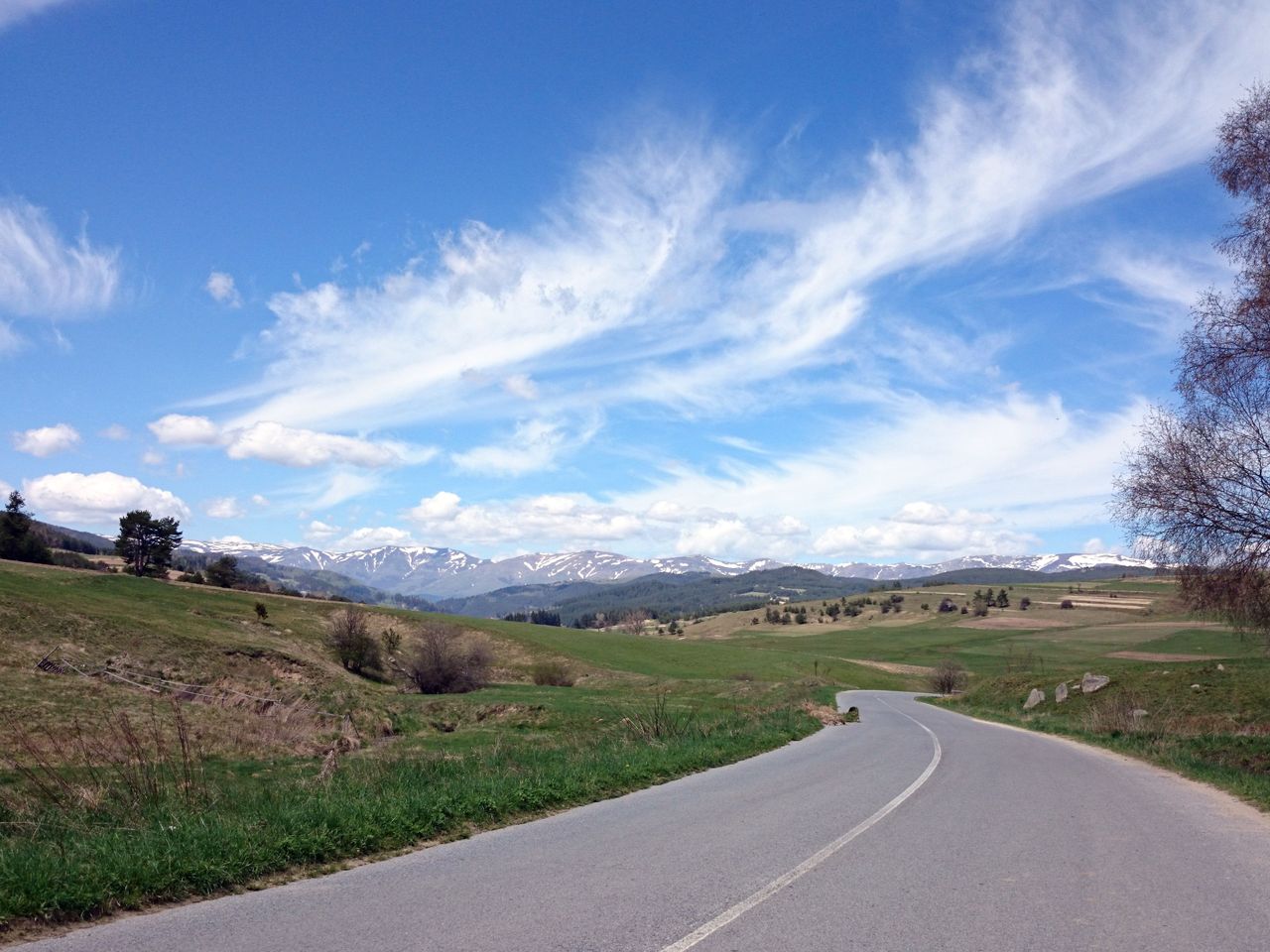
DSC_0385_1
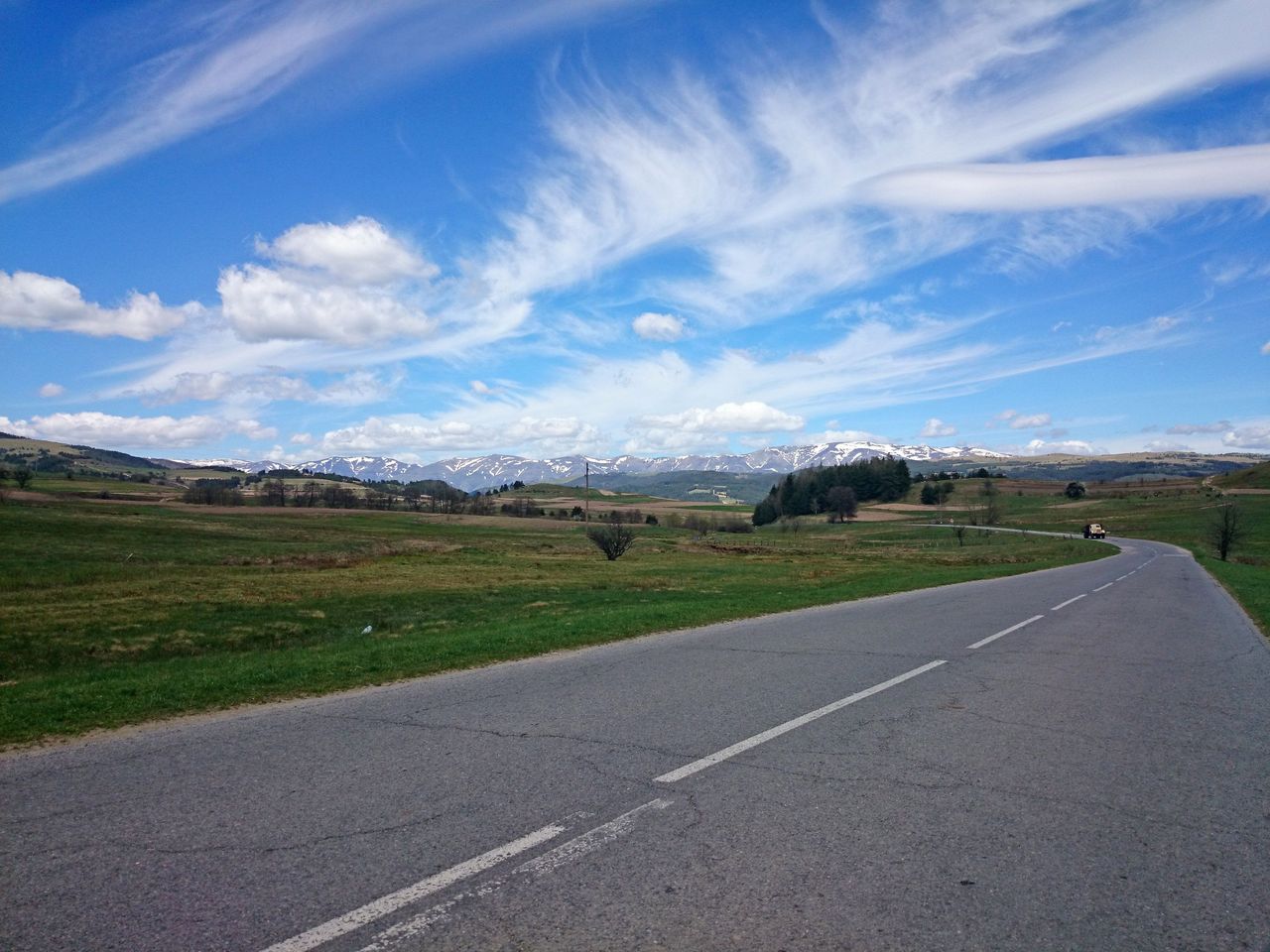
DSC_0382
Second stop after 28km is Koprivshtitsa. Most of the road is tight with bad surface and slow corners. (Bulgarian: Копривщица, from the Bulgarian word коприва, kopriva, meaning "nettle") is an historic town in the Koprivshtitsa Municipality in central Bulgaria, lying on the Topolnitsa River among the Sredna Gora mountains. It was one of the centres of the April uprising in 1876 and is known for its authentic Bulgarian architecture and for its folk music festivals, making it a very popular tourist destination.
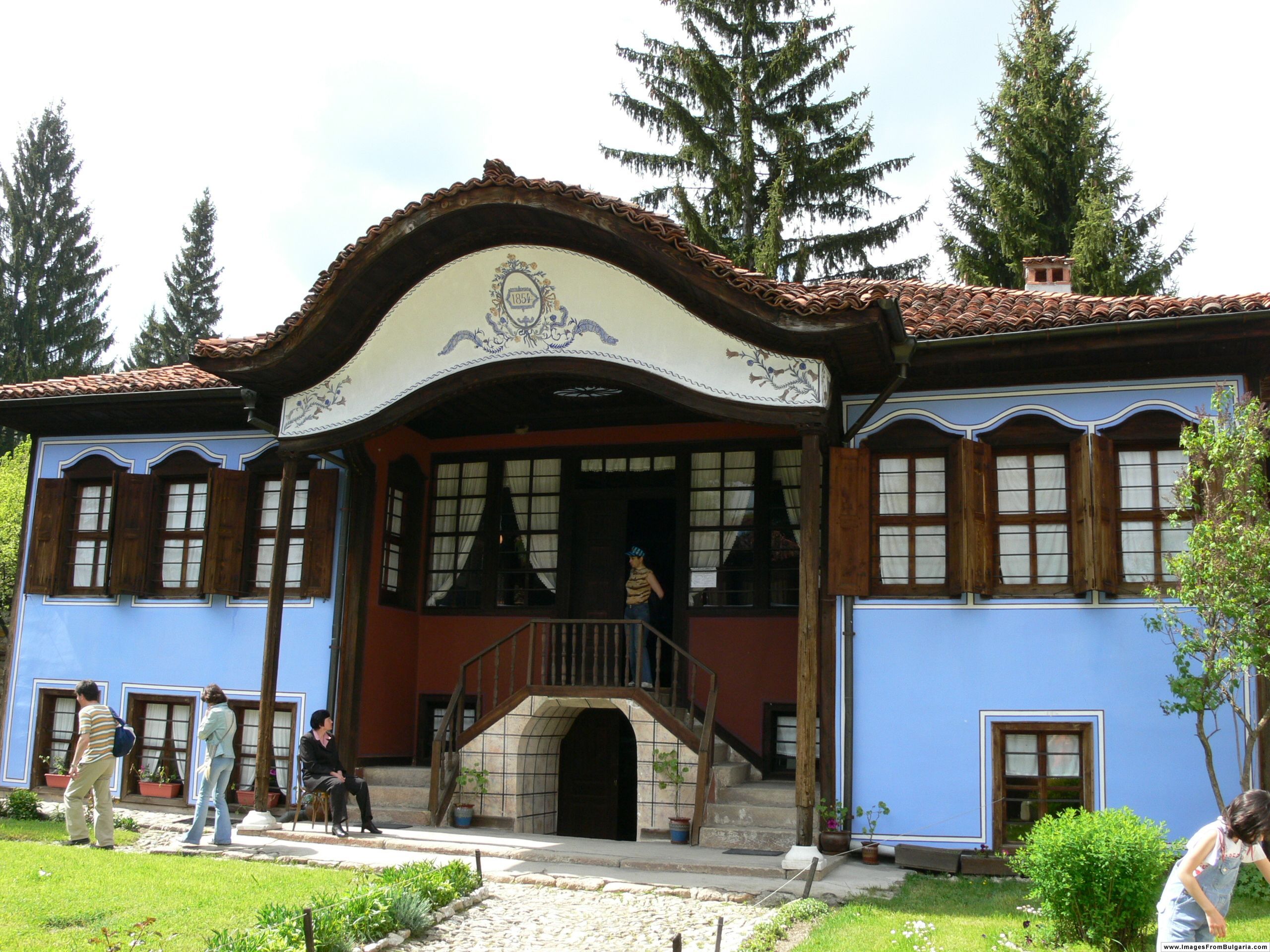
Lyutov House in Koprivshtitsa, Bulgaria - Author Nenko Lazarov
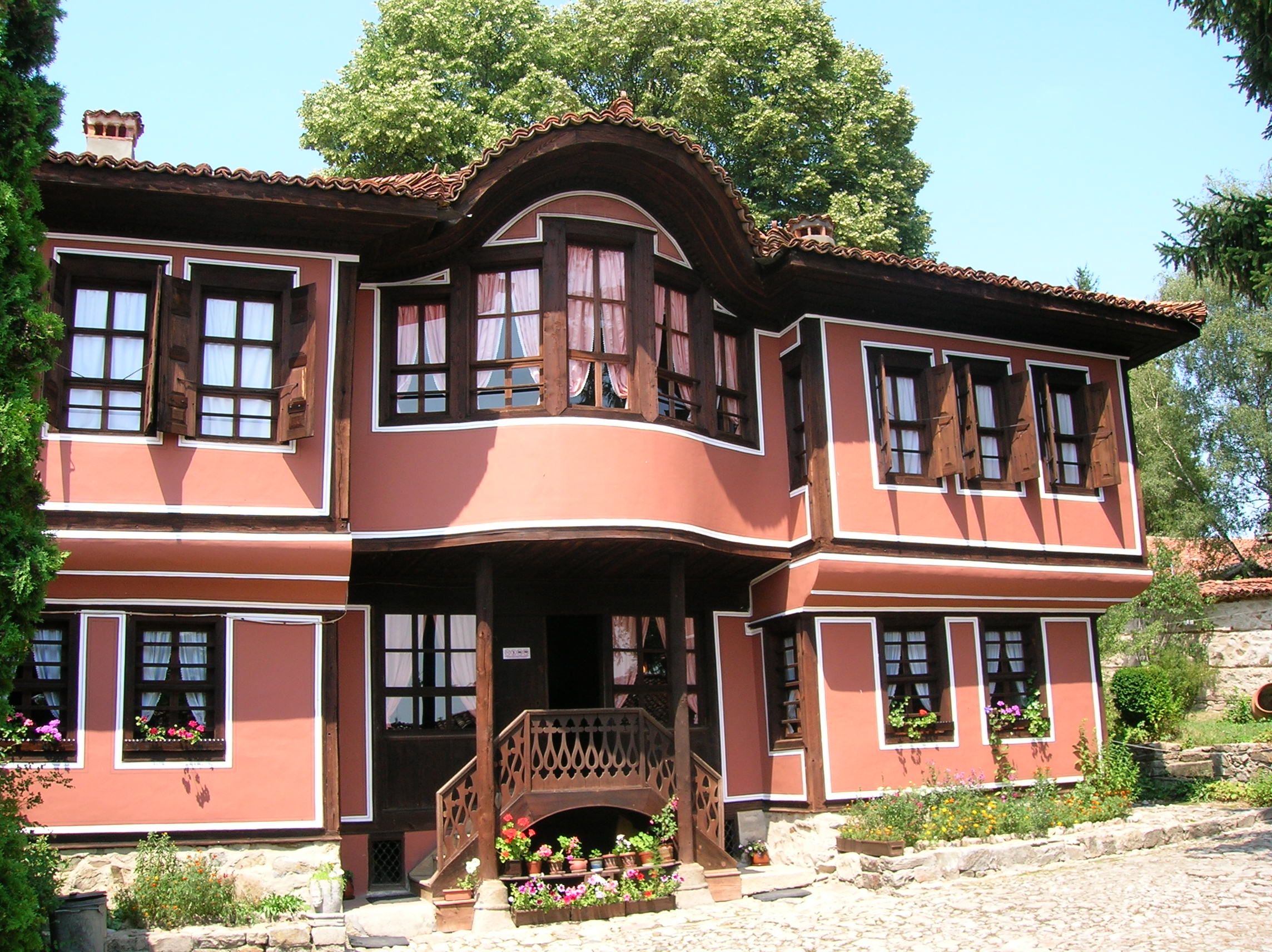
Kableshkov House, in Koprivshtitsa -Author TwoWings

Local School
Next is Kàrlovo (Bulgarian: Карлово) is a picturesque and a historically important town in central Bulgaria located in a fertile valley along the river Stryama at the southern foot of the Balkan Mountains.
Karlovo is famous for the worldwide-known rose oil, which is grown there and used in producing perfume. In addition to this, Karlovo is the birthplace of Vasil Levski, the most distinguished Bulgarian to start preparing the national liberation from the Ottoman rule in the late 19th century. There is a museum and large monument dedicated to him. Karlovo is also a popular location for tourism in the region.

Monument of Vasil Levski

Levski's native house
During the 2000s, Bulgarian archaeologists made discoveries in Central Bulgaria which were summarized as "The Valley of the Thracian Kings". On 19 August 2005, some archaeologists announced they had found the first Thracian capital, which was situated near Karlovo in Bulgaria. A lot of polished ceramic artifacts (pieces of roof-tiles and Greek-like vases) were discovered revealing the fortune of the city.
Last stop is Kalòfer (Bulgarian: Калофер) is a town in central Bulgaria, located on the banks of the Tundzha between the Balkan Mountains to the north and the Sredna Gora to the south. It is best known as the birthplace of Bulgarian poet and revolutionary Hristo Botev.
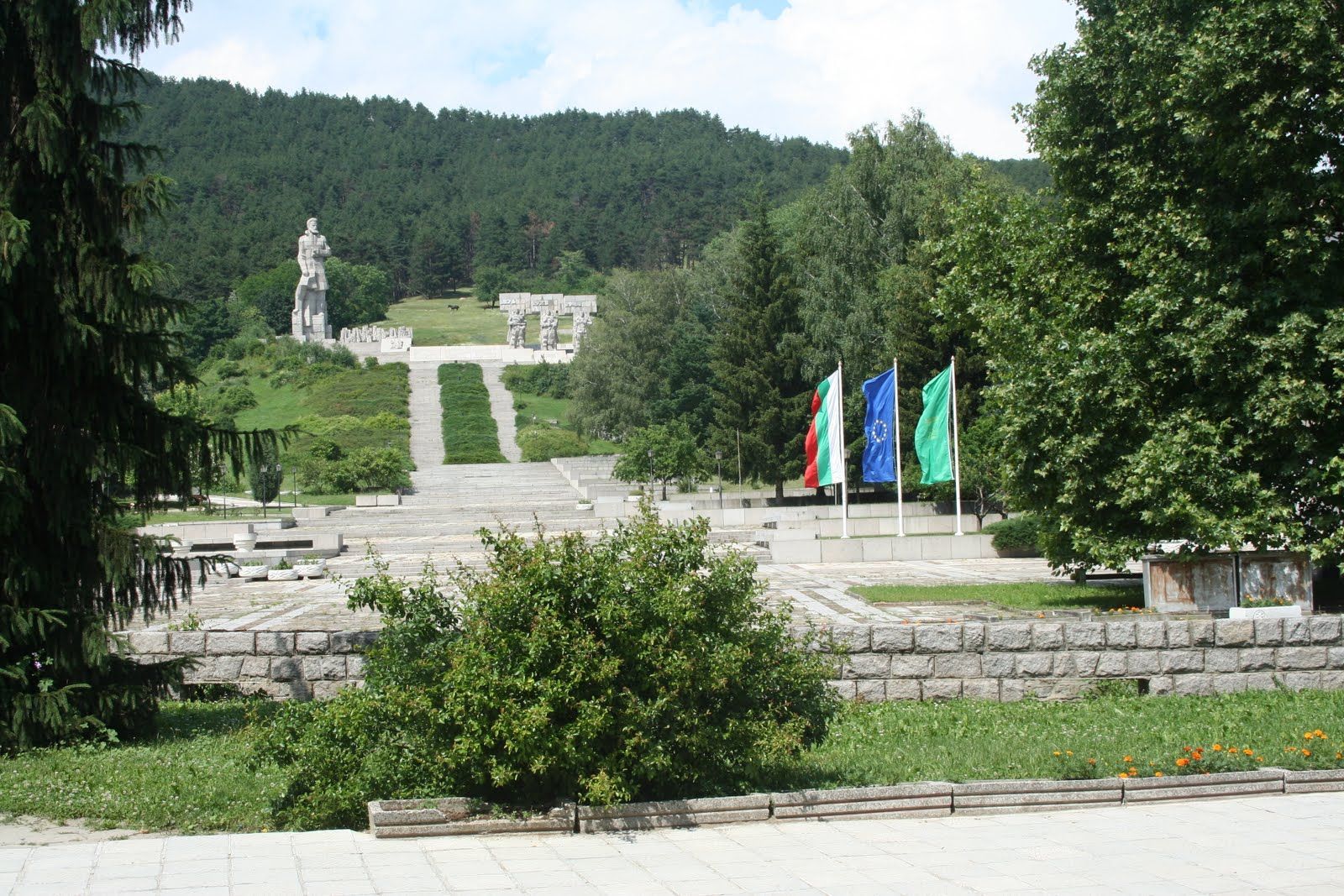
Monument Hristo Botev - Author Ioana evgenieva
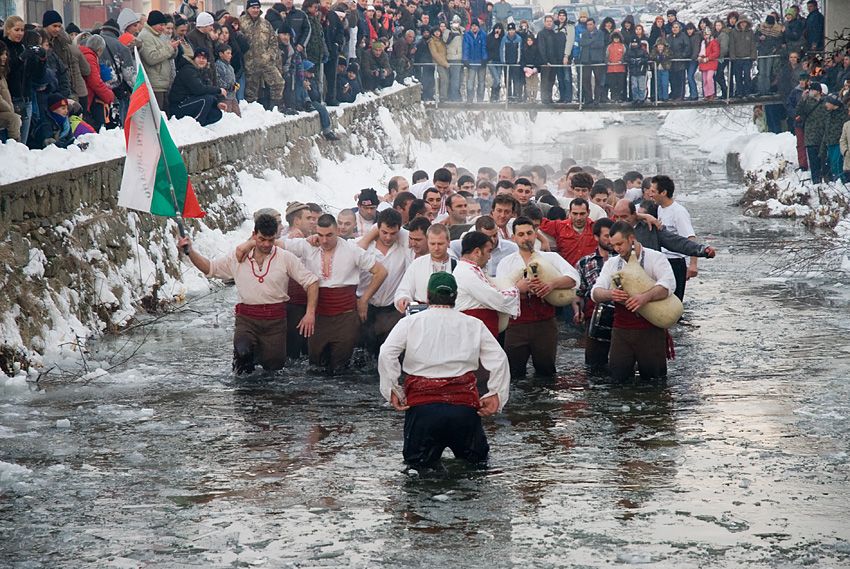
Celebrating the Epiphany in Kalofer - Author Balkanregion
The modern settlement of Kalofer emerged in the 16th century, managing to preserve its Bulgarian character in the Ottoman Empire and to develop as a centre of craftsmanship, primarily cord production. The Kalofer monastery has been in operation since 1640 and the convent since 1700. During the Bulgarian National Revival the town became a centre of revolutionary activity, being the birthplace of figures such as Hristo Botev, Exarch Joseph, Dimitar Panichkov, Nikola Ivanov.
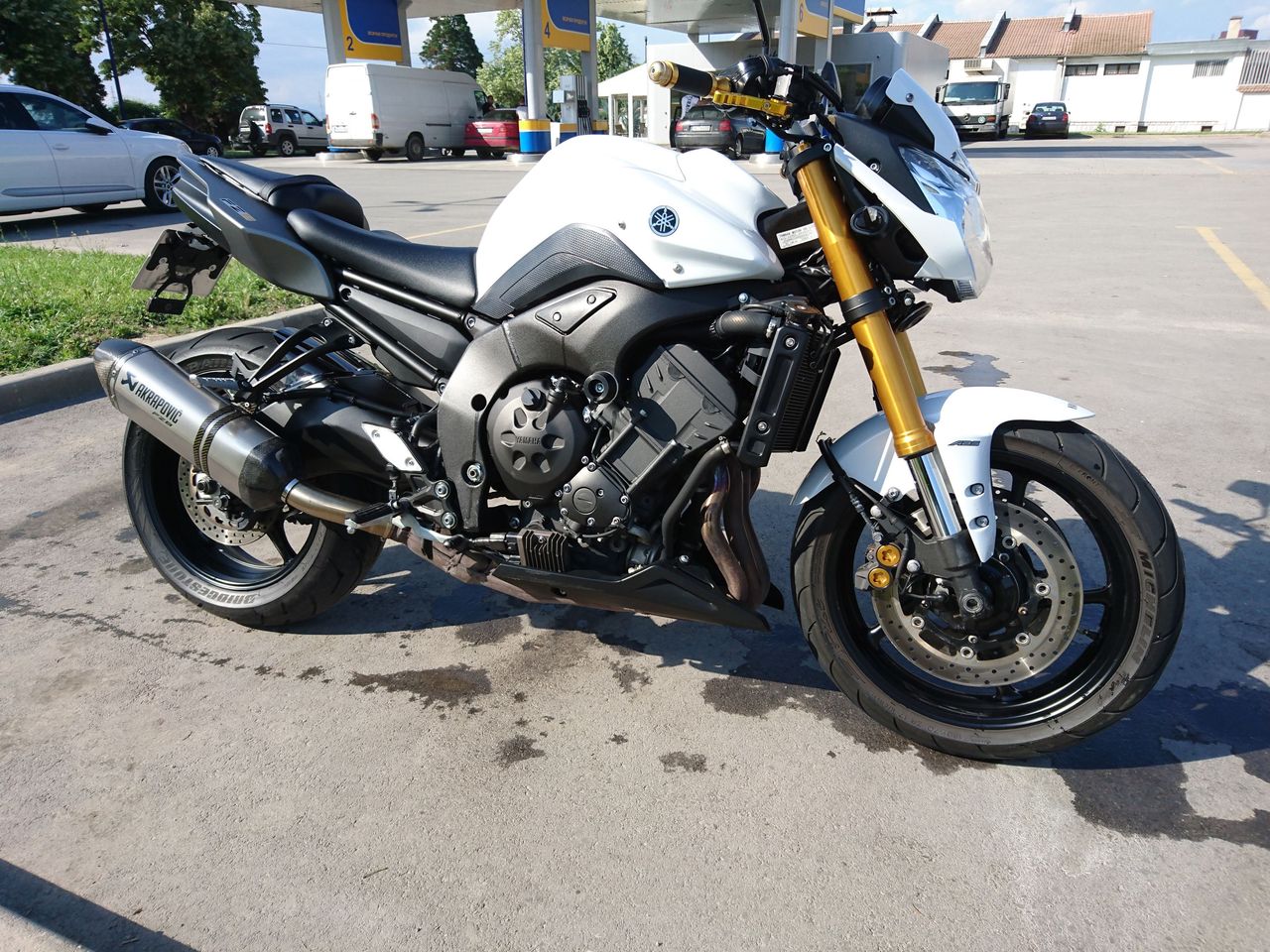
Good wash back home